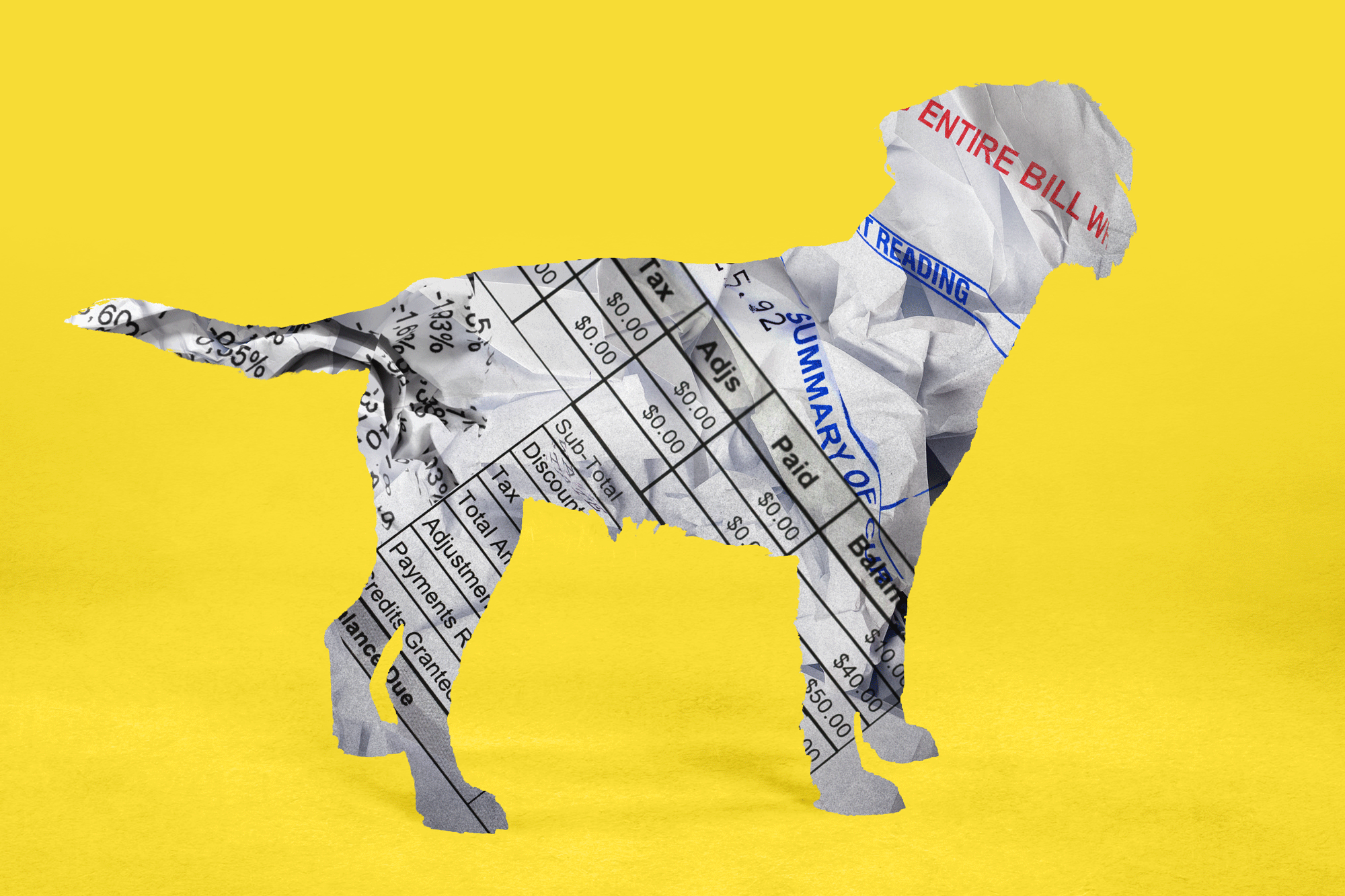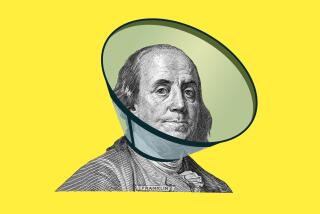Column: EpiPens and other soaring drug prices aren’t just hard on people. They hurt pets, too
Art Weber’s 5-year-old, Whitney, has a serious allergy to bee stings, so he and his wife are among the many people who shell out roughly $600 annually for a two-pack of EpiPens.
Whitney, however, isn’t a little girl. She’s a beagle that could go into shock without a prompt dose of life-saving epinephrine.
Soaring prices for prescription drugs aren’t just a problem for human patients. They’re also a big issue for pets.
“Our dog is a member of the family,” Cheviot Hills resident Weber, 71, told me. “We have all the concerns that everyone else has. We’re going to do whatever we have to do to take care of her.”
And doing whatever’s necessary for a pet often can be more expensive than caring for a person because most pet owners choose not to buy health insurance for their furry friends.
Or, as in Weber’s case, they do have coverage but their critter’s medical problem has been deemed a pre-existing condition and thus ineligible for insurance. To which you might respond: Waitaminnit, didn’t Obamacare fix that?
“Obamacare never reached pets,” said Doug Hirsch, co-chief executive of Santa Monica’s GoodRX, a price-comparison website for prescription meds that also includes drugs taken by dogs and cats. “They’re very much bearing the brunt of high drug prices.”
Pet owners will spend nearly $63 billion this year, according to the American Pet Products Assn. Such expenditures — including food, supplies, toys, over-the-counter medications and veterinary care — topped $60 billion for the first time last year.
The industry association attributes the higher spending in part to millennials lavishing even more attention on pets than did baby boomers.
But a frequently overlooked factor is that many animals require the same prescription drugs that people take, which means they’re vulnerable to the same price hikes that have made healthcare so frustrating for their human companions.
Barry Davis’ 9-year-old chocolate Lab, Charlie, requires daily doses of generic phenobarbital to control epileptic seizures. “It’s exactly the same stuff that humans take,” the Agoura Hills resident said.
The price for a two-month supply of pills for Charlie recently jumped to about $140 from $85, Davis, 67, told me. That’s a roughly 65% increase.
“The pharmaceutical industry just seems to pull prices out of the air,” said Davis, who spent 30 years working as an insurance broker. “It’s part of our broken healthcare system.”
Weber agreed with that assessment. With no generic alternative available — at least not yet — he’s had to pay whatever pharmaceutical giant Mylan charged for EpiPens. The company has come under harsh criticism for raising prices more than 500% since acquiring rights to the injector in 2007.
See the most-read stories in Business this hour »
Each EpiPen contains about a dollar’s worth of epinephrine.
“Whitney has only been stung once, when she was a puppy,” Weber said. “But we still have to buy fresh EpiPens every year, just in case.”
If possible, pet owners should make a point of shopping around for the best prices, rather than settling for whatever a veterinarian might charge. GoodRX offers price comparisons for a variety of pet meds. Davis said he tried the service and was able to cut the cost of Charlie’s phenobarbital from $140 to about $42.
Other sites worth checking include Discount Pet Medicines, Universal Pet Meds and BuyPetMedicine.com, although these tend to be more focused on pet-specific medications, such as flea and tick treatments, rather than human drugs.
Dr. Joe Kinnarney, a North Carolina vet and former president of the American Veterinary Medicine Assn., said the cost of pet-specific meds tends to hold fairly steady, with prices generally rising in tandem with inflation.
As for human drugs prescribed for pets, he said most vets understand the financial pressure pet owners face. Kinnarney cited the example of the generic antibiotic doxycycline hyclate, which skyrocketed from $20 a bottle in October 2013 to a whopping $1,849 in April 2014.
He said pet owners shouldn’t hesitate to ask their vet for a prescription that can be taken to a pharmacy offering the best deal. “Our primary concern is to care for your pet,” he said.
The question of health insurance for pets is one faced by all dog and cat owners. The North American Pet Health Insurance Assn. says more than 1.6 million pets were insured as of the end of last year — a small percentage of the more than 150 million dogs and cats estimated in households nationwide.
Annual premiums for accident-and-illness coverage averaged $464 last year, the association said. The average premium for accident-only plans ran $160.
When my wife and I got Teddy, a St. Bernard/pit mix, from a local animal shelter a couple of years ago, we purchased accident-and-illness insurance from a Bellevue, Wash., company called Healthy Paws. The monthly premium was about $35 — $420 a year — and it came with a $250 annual deductible.
I have no complaints. But we dropped the coverage after it became apparent that Teddy’s veterinary bills were lower than the insurance cost and because the main reason he had to see the vet, a recurring ear infection, was ruled a pre-existing condition and thus not insured.
Pets can be expensive. That won’t surprise anyone.
But when it comes to healthcare, the harsh reality is that pets can be much pricier than people.
“The U.S. pharmaceutical pricing system just wasn’t designed for pets,” said Hirsch at GoodRX. “You’ll pay top dollar.”
And there’s another aspect that I’m sure many pet owners will understand.
“We’ll spend whatever needs to be spent,” said Davis of his dog Charlie.
David Lazarus’ column runs Tuesdays and Fridays. He also can be seen daily on KTLA-TV Channel 5 and followed on Twitter @Davidlaz. Send your tips or feedback to [email protected].
MORE FROM DAVID LAZARUS
Did Wells Fargo target seniors with its bogus-account scheme?
Recipe for ripoffs: Pricing drugs by their ‘value’ to sick people
Sick: The biggest increase in healthcare costs in 32 years
More to Read
Inside the business of entertainment
The Wide Shot brings you news, analysis and insights on everything from streaming wars to production — and what it all means for the future.
You may occasionally receive promotional content from the Los Angeles Times.











